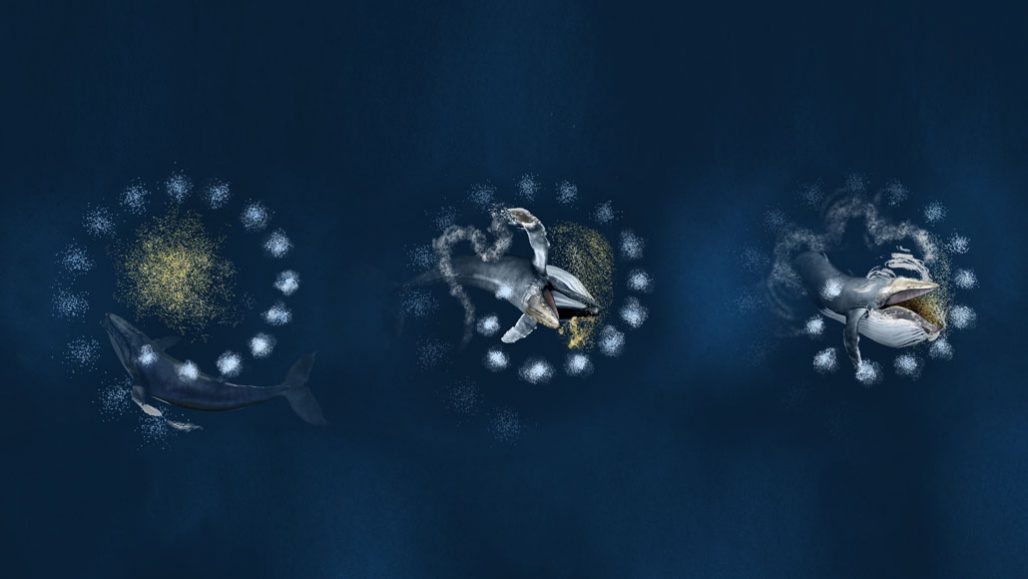aerial Of or taking place in the air.
behavior The way something, often a person or other organism, acts towards others, or conducts itself.
biologist A scientist involved in the study of living things.
drone A remote-controlled, pilotless aircraft or missile.
footage (in movies and videos) A term for the uncut or unprocessed motion pictures or video imagery taken by a camera. It takes its name from the fact that it took several feet of film to capture a few seconds of motion-picture photography.
horizontal A line or plane that runs left to right, much as the horizon appears to do when gazing into the distance.
humpback A species of baleen whale (Megaptera novaeangliae), perhaps best known for its novel “songs” that travel great distances underwater. Huge animals, they can grow up to more than 15 meters (or around 50 feet) long and weigh more than 35 metric tons.
pectoral fins The fins that emerge from the side of a fish, just behind its head. They help direct the animal’s motion. They effectively correspond to the arms (or forelimbs) of a land animal.
salmon A popular game fish that tends to live most of its life in the ocean, then enters coastal rivers (and freshwater) to breed and lay eggs.
tactic An action or plan of action to accomplish a particular feat.
vertical A term for the direction of a line or plane that runs up and down, as the vertical post for a streetlight does. It’s the opposite of horizontal, which would run parallel to the ground.
whale A common, but fairly imprecise, term for a class of large mammals that lives in the ocean. This group includes dolphins and porpoises.








